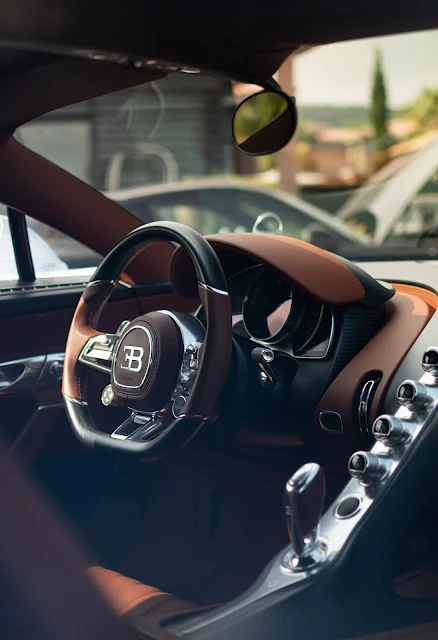The 1950s were a time of great change and innovation in the automotive industry, and Cadillac was at the forefront of this revolution. Among their most iconic creations was the 1959 Cadillac Eldorado, a vintage car that still captivates collectors and enthusiasts to this day. In this article, we'll delve into the history and features of this classic car, and explore why it remains a timeless masterpiece.
1959 Cadillac Eldorado - Photo by Sergei Wing on Unsplash
A Brief History
The Cadillac Eldorado was first introduced in 1953, and it quickly established itself as the epitome of luxury and style. The name "Eldorado" was inspired by the legendary city of gold, and it was fitting, given the car's opulent design and cutting-edge technology. The 1959 model was the seventh generation of the Eldorado, and it marked the pinnacle of Cadillac's achievements in the 1950s.
Design and Features of the 1959 Cadillac Eldorado
The 1959 Cadillac Eldorado was a sight to behold, with its sleek lines, chrome accents, and expansive dimensions, and was designed to turn heads. The car was longer and wider than any previous model, and it featured a distinctive tail fin design that has become synonymous with the 1950s and 1960s. It measured 225 inches in length, 80 inches in width, and 55 inches in height, making it a true behemoth on the road. The car's body was crafted from high-quality steel and aluminum, and it featured a distinctive two-tone color scheme that added to its elegance.
The interior was equally impressive, with plush seats, intricate dashboard instruments, and advanced features like air conditioning, power windows, and a state-of-the-art radio system. The car's signature design element was its iconic tail fins, which not only added to its aesthetic appeal but also improved stability at high speeds.
Performance
The 1959 Cadillac Eldorado was powered by a mighty 6.4-liter V8 engine that produced 345 horsepower and 550 lb-ft of torque. This powerplant was paired with a four-barrel carburetor, dual exhausts, and a three-speed automatic transmission, making it a formidable performer on the road. The car's top speed was electronically limited to 120 mph, and it could accelerate from 0-60 mph in just 10 seconds.
The Eldorado's advanced suspension system, which included air shock absorbers and a four-link rear suspension, ensured a smooth ride and exceptional handling. The car's braking system was also impressive, featuring power-assisted drum brakes that provided reliable stopping power.
1959 Cadillac Eldorado - Photo by Pixabay on Pexels
Collectibility
Today, the 1959 Cadillac Eldorado is a highly sought-after collector's item, with prices ranging from $50,000 to over $100,000, depending on the car's condition and provenance. Its timeless design and historical significance make it a prized addition to any classic car collection.
In recent years, the Eldorado has seen a surge in popularity, with many enthusiasts seeking to restore and customize these vintage vehicles. The car's durability and reliability have proven to be a testament to Cadillac's craftsmanship, with many original models still on the road today.
Conclusion
The 1959 Cadillac Eldorado is a true masterpiece of automotive engineering and design. Its sleek lines, luxurious interior, and powerful V8 engine make it a standout among classic cars. Its rich history and cultural significance have cemented its place in the hearts of collectors and enthusiasts alike.
If you're fortunate enough to own a 1959 Cadillac Eldorado or come across one at a car show or auction, take a moment to appreciate its beauty and craftsmanship. It's a reminder of a bygone era, when innovation and style came together to create something truly extraordinary.














